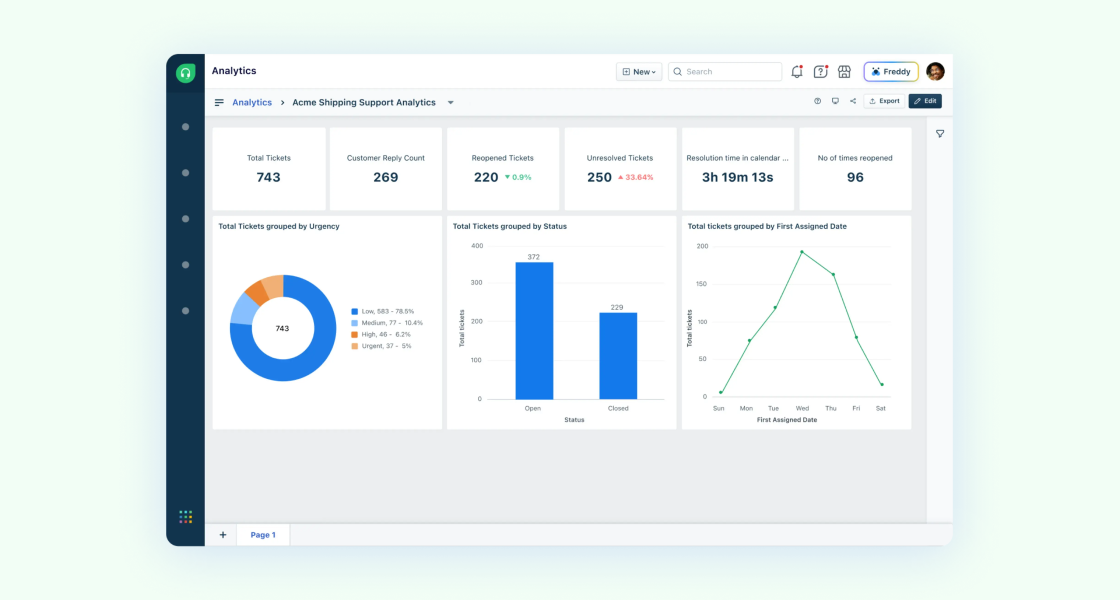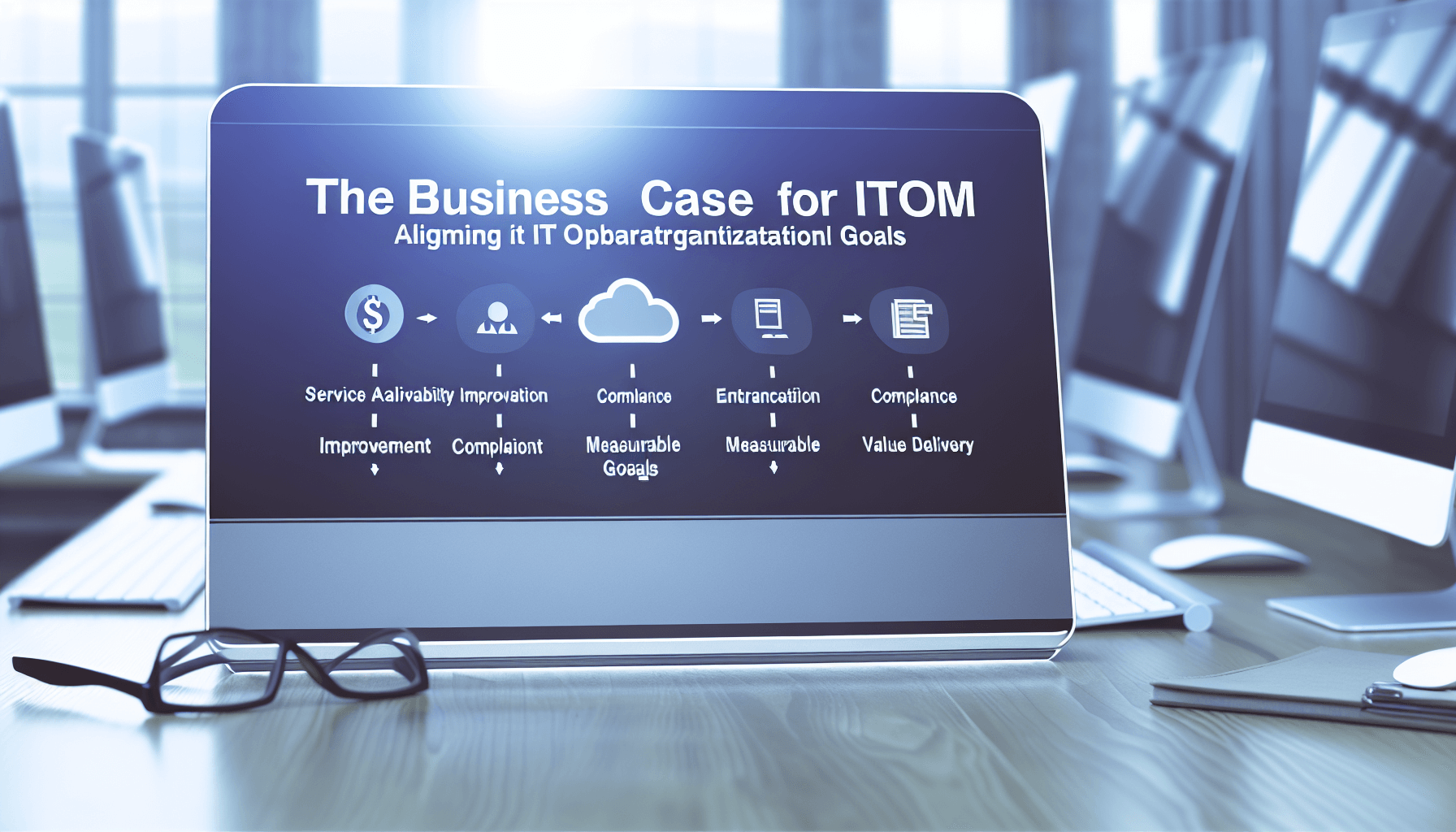How to deliver more efficient and proactive support with the help of Freshdesk

In an environment where every experience matters, the brands that truly stand out aren’t the ones putting out fires—they’re the ones preventing them. Yet many teams remain stuck in reactive mode, addressing issues only after it’s too late.
With solutions like Freshdesk, you can anticipate errors, automate alerts, and maintain consistent communication that leaves a lasting positive impression. Proactivity is no longer a luxury, it’s the new standard.
In this article, we’ll explore how adopting proactive customer service strategies with Freshdesk can turn prevention into your greatest competitive advantage. Let’s get started!
Understanding Proactive Customer Support
Traditional customer support is reactive: agents wait for customers to report problems, then respond. Proactive customer support flips this model—support teams anticipate common issues and act before customers ever submit a ticket. It’s about identifying risks, preventing incidents, and communicating solutions early.
Why make this shift? Because proactive service leads to:
- Less customer frustration and churn
- Reduced ticket volumes and support costs
- Greater agent bandwidth for complex cases
- Enhanced customer trust and brand reputation
By using the automation, monitoring, and communication capabilities of modern platforms like Freshdesk, you can put proactive strategies into practice even with limited resources.
Why Freshdesk is the Ideal Platform for Proactive Support
Freshdesk is more than just a ticketing tool, it’s a powerful engine for helpdesk automation, real-time monitoring, and customer engagement. Here’s why it’s especially well-suited for proactive support initiatives:
- Smart tickets and automations: Freshdesk lets you trigger actions based on keywords, issue categories, or user behavior, perfect for flagging emerging problems.
- AI-powered alerts: Built-in analytics can identify unusual spikes or patterns and notify agents in real time.
- Multi-channel communication: Easily broadcast status updates or preventive guidance via email, chat, or your support portal.
- Customizable SLAs and workflows: Automate escalation, alerting, or customer notifications as soon as preset thresholds are reached.
- Robust reporting: Use Freshdesk’s dashboards to analyze trends and refine future prevention efforts.
Now, let’s see how you can put these features to work in a proactive support model.
Step 1: Identify Early Warning Signs and Issue Trends
Proactive customer support begins with insight. The faster you discover new or recurring issues, the sooner you can intervene. Freshdesk’s robust data tools help you spot these critical signals:
- Monitor ticket volume spikes: Sudden surges in tickets about a particular feature, error, or region can indicate a brewing problem.
- Analyze ticket categories and tags: Use consistent tagging (e.g., “login issue,” “payment failed,” “performance slow”) to identify emerging themes.
- Track first contact topics: Watch for common keywords or question types in incoming requests using Freshdesk’s reporting and AI features.
- Identify repeat customers or tickets: If the same users report similar problems, something upstream needs attention.
- Follow product/service updates: Stay informed about planned releases, maintenance, or external incidents that could trigger a support wave.
Tip: Use Freshdesk’s advanced analytics and “Trends” reports to visualize hot topics over time, or set up scheduled reports to catch new developments early.
Step 2: Set Up Freshdesk Alerts and Smart Automations
The heart of effective proactive customer support is alerting and automatic action. Freshdesk empowers you to configure intelligent alerts and workflows tailored to your business.
How to Set Up Proactive Freshdesk Alerts
- Automatic ticket tagging and routing: Use Freshdesk’s automation rules to tag tickets based on keywords or categories. For example, if tickets mention “outage,” tag them as “Urgent” and send an alert to the technical team.
- Custom SLAs for specific issues: Apply higher-priority SLAs to issues flagged as high-impact, ensuring lightning-fast response times.
- Email/SMS notifications for threshold breaches: Configure automations to email or message managers if ticket volumes for certain types or clients exceed normal levels.
- Auto-responses for known incidents: Instantly send acknowledgment messages explaining that the team is aware and investigating, reducing unnecessary duplicate tickets.
- Trend-based alerts: Use Freshdesk’s canned responses and dynamic content to trigger outreach if reports of an issue increase compared to your baseline.
Example: Proactive Alert Setup
- Monitor tickets with the subject “Cannot login”
- If more than 10 arrive within an hour, trigger an alert: “Possible login incident, investigate and update customers”
- Automatically notify affected users with a pre-written message offering a workaround
This reduces confusion, prevents redundant tickets, and shows customers you’re always on top of service quality.
Step 3: Communicate Preventively and Transparently
Once Freshdesk has detected a trend and alerted your team, the next step is proactive, multi-channel communication. Don’t wait for frustrated customers to come to you, reach out with updates, explanations, and solutions before they even ask.
Effective Proactive Communication Channels in Freshdesk
- Status updates on your helpdesk portal: Announce known issues, maintenance, or fixes in the portal banner or news section using Freshdesk’s Announcements feature.
- Email campaigns: Use Smart Notifications to send targeted emails to affected users with updates or preventive tips.
- In-app and chatbot messages: If you’ve integrated Freshdesk with your in-app help widget or bot, publish notices or solutions contextually.
- Social media posts or SMS alerts: For widespread, time-sensitive issues, synchronizing proactive messages across channels keeps everyone informed.
Remember: transparency fosters trust. Outline what you’re doing, expected timelines, and where to get further support if needed.
Tips for Proactive Messaging That Builds Customer Confidence
- Communicate clearly, concisely, and without jargon
- Describe the problem, impact, and steps being taken to resolve it
- Provide estimated resolution or next update times
- Include links to knowledge base articles or FAQs for self-service
- Express appreciation for patience and feedback
Step 4: Use Issue Prevention Tactics to Delight Customers
Proactive support isn’t only about rapid reaction, it’s about long-term customer happiness through issue prevention and education. Here’s how you can leverage Freshdesk’s suite for true customer-centricity:
Knowledge Base and Self-Service Automation
- Publish helpful articles as soon as patterns emerge: If Freshdesk analytics identifies a frequently reported error, create a step-by-step solution guide immediately.
- Suggest solutions automatically with Freshdesk’s bot or AI features: When users begin a ticket, recommend relevant articles before they even submit their query to deflect unnecessary tickets.
- Maintain a prominent “Known Issues” and “Workarounds” section: This transparent approach encourages self-service and reduces inbound requests for repetitive problems.
Customer Education Campaigns
- Use Freshdesk’s mass email or automation tools to send best practice tips, product usage guides, or “Did you know?” messages to help users get the most from your service
- Segment notifications by customer type, region, or feature usage for laser-focused relevance
- Invite users to online training, webinars, or Q&A sessions when significant updates occur
Over time, a well-informed user base means fewer tickets, happier customers, and stronger loyalty.
Step 5: Continuously Refine Your Proactive Support Processes
Building a proactive customer support culture is an ongoing journey. With Freshdesk’s analytics, you can measure the impact of your proactive efforts, iterate, and improve over time.
Metrics That Matter
- Ticket deflection rate: Track how many tickets were prevented by knowledge base recommendations or proactive messaging.
- First contact resolution: Monitor the percentage of issues resolved in the initial interaction due to better information.
- Customer satisfaction (CSAT) and NPS scores: Gauge sentiment after proactive outreach or resolution of common incidents.
- Agent workload distribution: Ensure automations free up agents for high-value work
- Time to resolution: Identify reductions in average solution time for recurring issues
Regularly review performance dashboards in Freshdesk, collect feedback from customers and agents, and adjust your strategies to address new risks as your business evolves.
Best Practices for Implementing Proactive Support
Ready to maximize your proactive customer support results? Here are actionable best practices to guide your Freshdesk implementation:
- Start small, scale quickly: Pilot proactive alerts and communication in one area, then expand as you build confidence and see results.
- Involve both support and product teams: Collaborate on rapid detection of root causes and broadcasting fixes or updates.
- Document and share playbooks: Empower every agent with guidelines and scripts for handling proactive outreach.
- Solicit customer input: Periodically survey users on their experience with proactive support and knowledge base content.
- Keep all channels synchronized: Ensure messaging is consistent across helpdesk, email, chat, and social media to avoid confusion.
The journey toward proactive, preventive support requires commitment and ongoing refinement, but the rewards are immense—happier customers, more empowered agents, and a business that earns loyalty at every touchpoint.
Turn Proactive Support Into Your Competitive Advantage
Delivering a truly exceptional customer experience takes more than quick responses—it requires anticipation, strategy, and smart technology. With Freshdesk, you can move beyond a reactive approach and embrace a proactive model powered by data, automation, and timely communication.
By adopting this mindset, your organization won’t just reduce ticket volume and customer churn—it will also build stronger relationships, foster trust, and boost brand loyalty.
Ready to take the next step? Schedule a free demo with our experts and see how Freshdesk can help you build a proactive, agile, and customer-centric support experience.















